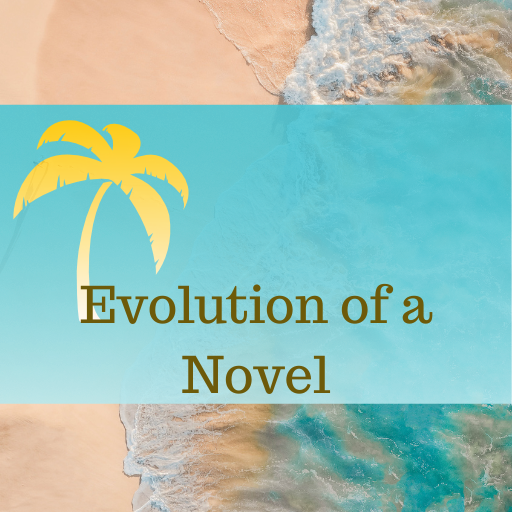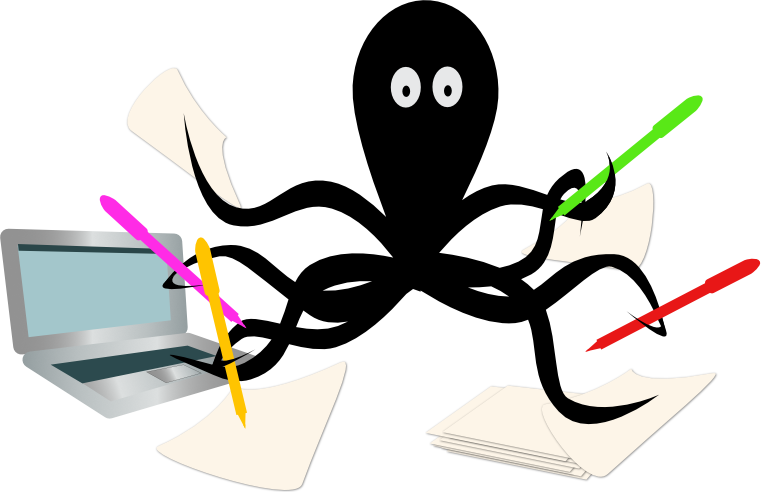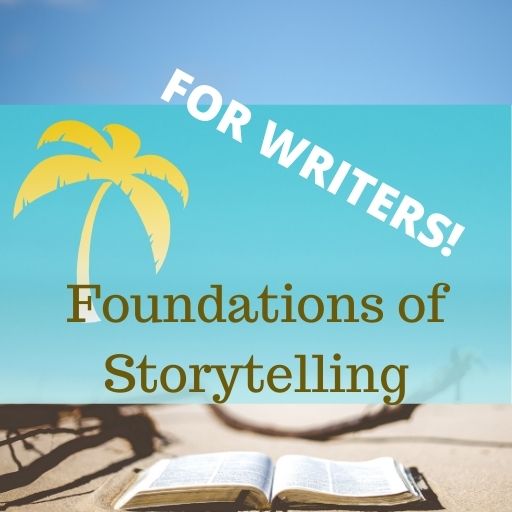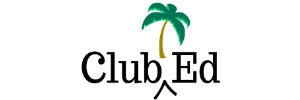Eliminating or Reducing Flashbacks in Stories
Eliminating or reducing flashbacks in your story can help with the narrative flow and keep readers interested in what’s ahead – and you want your readers to keep turning the pages!
Tips for Eliminating or Reducing Flashbacks in Stories
Authors like to use flashbacks to show backstory. Unfortunately, flashbacks can stop the narrative flow in its tracks.
Rather than increasing dramatic tension, flashbacks tend to drain it. Readers experience them not as enhancements to the text but as interruptions. As a rule, readers don’t care about what happened in the past. They care about what happens next.
Authors often use flashbacks as a way to solve a problem. (In fact, most developmental problems are attempted solutions to other problems.)
Common Uses for Flashbacks
There are three common problems authors try to solve with flashbacks – are you trying to solve one of these problems with a flashback?
- Author is afraid the character’s motivation won’t be clear without a visit to the experience that shaped the motivation. So the manuscript ends up with something like: “Anna didn’t want to get involved. She remembered the last time she’d gotten involved. [Cue long, convoluted flashback about how Anna’s meddling backfired once.]”
- Author is afraid the emotional impact of a current scene won’t be felt unless the reader knows what led up to the scene: “Anthony watched in horror as the dog ran across the street. [Cue long, convoluted flashback about how when Anthony was nine years old his dog was run over by a truck.]”
- Author is attempting to “show, don’t tell.” For example, “Regina wondered what her boss wanted. The last time a boss had set up a meeting without explaining why, she’d been fired.” An author may recognize that as telling rather than showing, and remembering that they are supposed to show instead of tell, may seize the opportunity to show: “Regina wondered what her boss wanted. She remembered [cue long, convoluted flashback to a scene where Regina is fired.]”
Depending on the situation, a writer who is overly reliant on flashbacks to tell the story may have started the story in the wrong place or is telling the wrong story.
In one of my recent edits, where flashbacks did too much heavy lifting, I asked the author to reflect on what her story is about. In essence, she tells the tale of a woman’s disintegrating marriage, but where such a story starts can vary. Is she telling the story of how the marital problems arise? Or is she telling the story of what happens after the protagonist realizes her marriage is in jeopardy and she must make a decision? My author wanted to tell story #2, but she was telling story #1 in the flashbacks.
Now, of course, it’s possible for an approach like this to work, with flashbacks expertly entwined with the forward action, but it’s usually better to take a more straightforward approach in your storytelling.
The solution I suggested in this case was to have the author commit to telling story #2 and to prune out as much of the backstory as possible. For story #2, how the protagonist got to where she is when the story opens isn’t as interesting to the reader as what happens next: “Marriage is in trouble? Okay, got it.” That’s basically all the reader needs for the story to get underway.
Tips for Editors & Writers
-
Happy Holidays!
Here in Spain they take Christmas very seriously, and so that’s what I’m doing, too. I’m taking time off to spend with family and friends. We’ll gather for a meal and a walk among the Christmas lights. Then I’ll read a good book before bed. (Perhaps next year I’ll say, “We take Christmas very seriously.”)…
-
Identifying Conflict Problems in a Manuscript
Conflict drives narrative, as I don’t need to tell you. But a problem with the conflict is probably the number one issue I see in the manuscripts I edit. Yet it can be difficult to identify conflict problems. Outside of the most formulaic of approaches, we don’t have a lot of rules about how the…
Join the Club!
New to story editing? Begin at the beginning.





